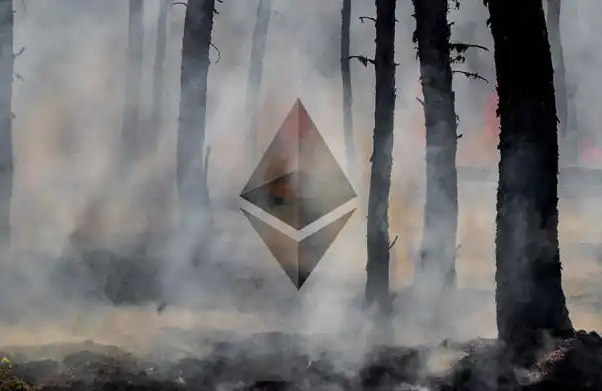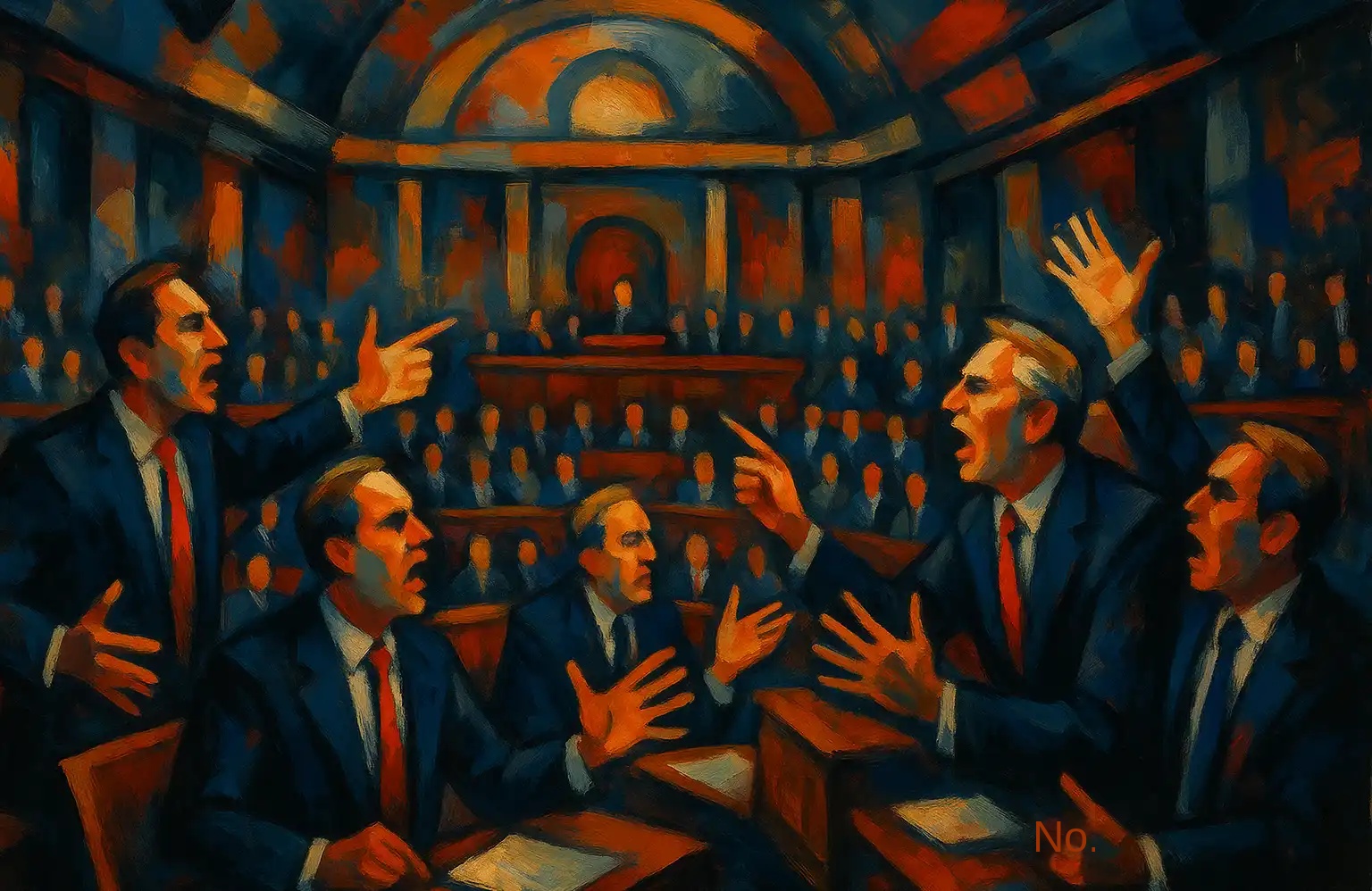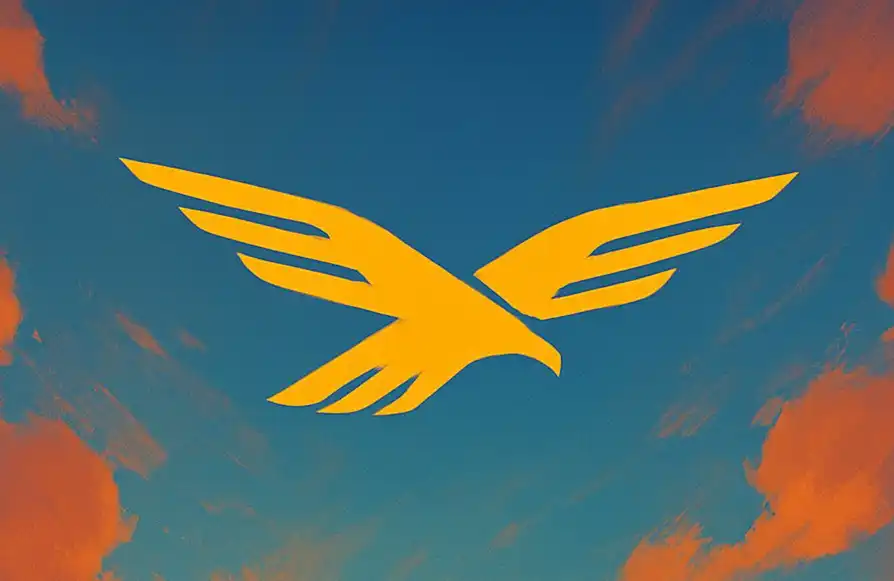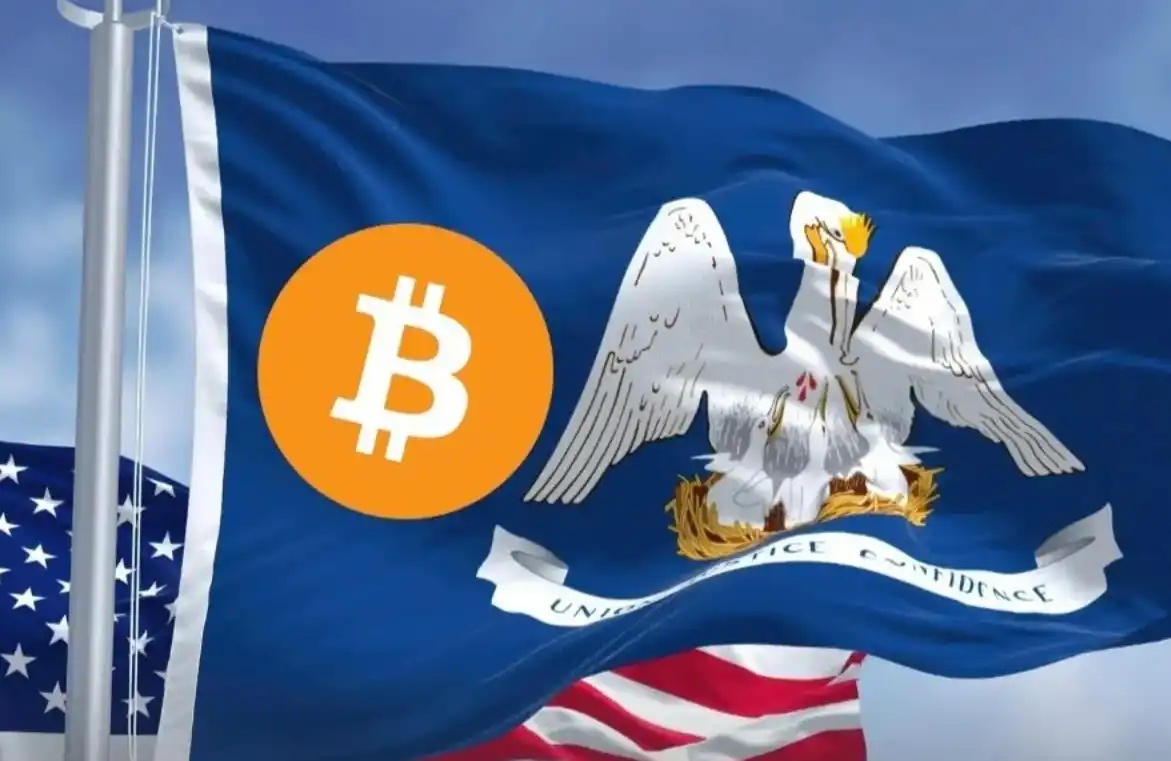The Guild joined The Graph Foundation as a core developer and received a $48 million grant from The Graph Foundation
Original title: " The Graph Foundation Awards $48M Grant to The Guild to Join The Graph as a Core Developer "
Original author: The Graph Foundation
Original compilation: Members of The Graph Community
The Graph Foundation is pleased to announce that The Guild (https://the-guild.dev/) has secured $48 million Funding to facilitate subgraph and protocol R&D. The Guild was previously a first-wave grantee to build the subgraph tool (https://forum.thegraph.com/t/the-new-schema-prototyper/2606), and is now working on The Graph's long-term development of core subgraph functionality , and bringing GraphQL to the masses on web3. The Guild is one of the top open source developer groups in the GraphQL ecosystem, building and maintaining some of the most widely used GraphQL tools in the world.
The Guild will collaborate with The Graph ecosystem over four years to develop new subgraph features such as subgraph composition, analysis and transformations, as well as improvements to the GraphQL API and subgraph developer environment. The Guild will also focus on improving Graph Node's query capabilities, enabling developers to build feature-rich applications more efficiently. The Guild will also work with other core developers and The Graph Foundation to promote education for web2 developers on The Graph by integrating these capabilities into the prevalent web2-focused GraphQL tooling, as well as creating custom educational videos. education and entry.
Introduction to The Guild
The Guild is a renowned team with Experience building GraphQL tools at top Fortune 500 companies and the open source community. As a respected team with deep roots in open source development, The Guild team has made great contributions to the GraphQL community (https://the-guild.dev/blog) and developed many open source libraries such as GraphQL Mesh (https://the-guild.dev/blog/graphql-mesh), a solution that allows developers to automatically generate GraphQL APIs. GraphQL is a widely used data query language for APIs on top of any other protocol (REST, Swagger/OpenAPI, gRPC, and many others), developed internally by Facebook in 2012 before its public release in 2015. The Guild is part of the GraphQL Foundation and contributes to the reference implementation of GraphQL. Over the past 6 years, The Guild has become one of the most experienced GraphQL development groups in the world.
"We are honored to have The Guild team join forces with The Graph's other core developers, Building the best API solutions for decentralized application developers. The team's experience is unparalleled, and this commitment marks a major shift in developer focus from web2 to web3."
- Eva Beylin, Director, The Graph Foundation
In addition to developing GraphQL tooling, The Guild is one of the largest contributors to the GraphQL core project. It also does development work for companies such as Microsoft, KLM-AirFrance and Klarna Bank.
“When we got in touch with The Graph’s core work and mission, we realized that The Graph How powerful and impressive the community is. We are so inspired by The Graph's mission, execution, core team, and community that we want to offer our knowledge, expertise, and execution capabilities in the area of APIs and developer infrastructure to help The Graph's vision became a reality."
- Uri Goldshtein, Co-Founder, The Guild
Roadmap for The Guild
Over the next four years, The Guild team will be working on researching and implementing several subgraph features that will greatly improve dapp and subgraph development in web3
1. Schema Prototyper: Compatible with The Graph Foundation and other Core Dev team to productize Schema Prototyper (Wave 1 grant).In addition to these goals, The Guild will also engage with the subgraph and dapp communities to understand the needs of developers and build the best Nice API solution. The Guild will also share the results of ongoing R&D work, gather general community feedback, educate key stakeholders on how to use the newly implemented tools and features, and coordinate integration efforts into the web3-focused graphQL client to facilitate wider adoption.
About The Graph
The Graph is decentralized Indexing and querying layer for the web (Web3). Developers build and publish open APIs, called subgraphs, that applications can query using GraphQL. The Graph currently supports data indexes for 22 different networks, including Ethereum, Arbitrium, Avalanche, Celo, Fantom, Moonbeam, IPFS, and PoA, with more networks to come. So far, more than 31,000 subgraphs have been deployed on hosting services, and subgraphs can now be deployed directly on the network. Over 24,000 developers have built subgraphs for applications such as Uniswap, Synthetix, Foundation, Zora, KnownOrigin, Gnosis, Balancer, Livepeer, DAOstack, Audius, Decentraland, and more.
If you are a developer building applications or Web3 applications, you can use subgraphs To index and query blockchain data. The Graph allows applications to render data efficiently and performantly in the UI, and allows other developers to consume your subgraphs as well. You can deploy subgraphs to your network using the newly launched Subgraph Studio, or query existing subgraphs in Graph Explorer. The Graph welcomes you to be an indexer, curator or delegate on The Graph mainnet. Join The Graph community, introduce yourself in The Graph Discord for technical discussions, join The Graph's Telegram chat, or follow The Graph on Twitter The Graph's developers and community members are always eager to chat with you, The Graph Ecosystem There is a growing community of developers who support each other.
The Graph Foundation oversees The Graph Network. The Graph Foundation is overseen by a technical committee. Edge & Node, StreamingFast, Figment, Semiotic AI and now The Guild are five of the many organizations within The Graph ecosystem.
Original linka>
Welcome to join the official BlockBeats community:
Telegram Subscription Group: https://t.me/theblockbeats
Telegram Discussion Group: https://t.me/BlockBeats_App
Official Twitter Account: https://twitter.com/BlockBeatsAsia
 Forum
Forum OPRR
OPRR Finance
Finance
 Specials
Specials
 On-chain Eco
On-chain Eco
 Entry
Entry
 Podcasts
Podcasts
 Activities
Activities








